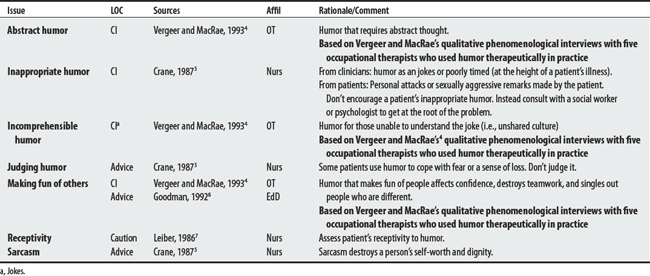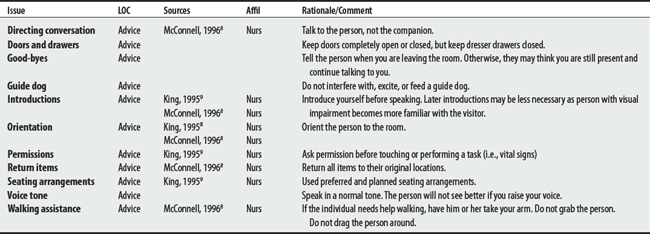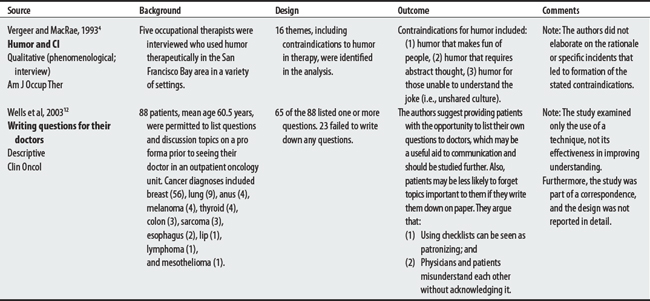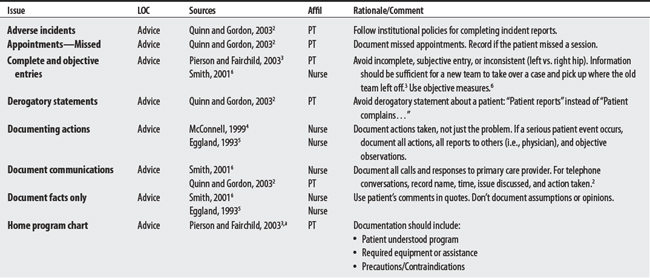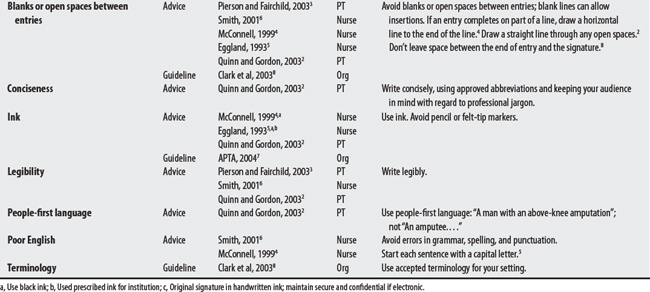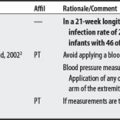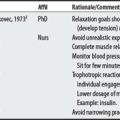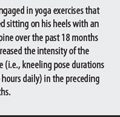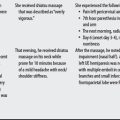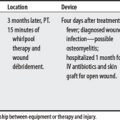Chapter 8 Coordination: Communication and Documentation
To communicate means to inform or make known.1 This section will address issues regarding (1) general communication principles, (2) communicating bad news, (3) humor and communication, (4) select patient population interactions, (5) physician telephone calls, and (6) interpreters.
DELIVERING BAD NEWS
Delivering bad news may be broken down into six steps. Baile,3 who wrote to an oncology audience, describes a SPIKEs approach (Setting up, Patient Perceptions, Invitation by the patient, providing Knowledge, Empathizing, Summary and Strategy).
HUMOR TO COMMUNICATE
1 Webster’s third new international dictionary. Springfield, MA: Merriam-Webster, 1981.
2 Reisfield GM, Wilson GR. Communicating with patients and families. Clin Fam Pract. 2004;6:325-347.
3 Baile WF, Buckman R, Lenzi R, et al. SPIKE—A six step protocol for delivering bad news: Application to the patient with cancer. Oncologist. 2000;5:302-322.
4 Vergeer G, MacRae A. Therapeutic use of humor in occupational therapy. Am J Occup Ther. 1993;47(8):678-683.
5 Crane AL. Why sickness can be a laughing matter. RN. 1987;50:41-42.
6 Goodman JB. Laughing matters: Taking your job seriously and yourself lightly. JAMA. 1992;267(13):1858.
7 Leiber DB. Laughter and humor in critical care. Dimensions Crit Care Nurs. 1986;5(3):162-170.
8 McConnell EA. Caring for a patient who has a vision impairment. Nursing. 1996;26(5):28.
9 King EH. Health teaching for people with disabilities. Home Healthcare Nurse. 1995;13(6):52-58.
10 Sperling R. Communicating with physicians. Home Healthcare Nurse. 2001;19(8):463.
11 Rollins G. Translation, por favor. Hosp Health Netw. 2002;76(12):46-50.
12 Wells T, Falk S, Dieppe P. Let patients have their say: Reducing miscommunication [correspondence]. Clin Oncol. 2003;15(5):298.
8.2 Documentation
OVERVIEW.
Documentation is an act of authenticating with factual or substantial support.1 Guidelines for medical documentation of patient care have been collected from occupational therapy, physical therapy, and nursing sources and grouped under (1) content, (2) editing, (3) procedural, and (4) style issues.
1 Webster’s third new international dictionary. Springfield, MA: Merriam-Webster, 1981.
2 Quinn L, Gordon J. Functional outcomes: Documentation for rehabilitation. St. Louis: W.B. Saunders, 2003.
3 Pierson FM, Fairchild SL. Principles and techniques of patient care. Philadelphia: W.B. Saunders, 2003.
4 McDonnell EA. Do’s and don’ts: Charting with care. Nursing. 1999;29(10):68.
5 Eggland ET. Documentation do’s and don’ts. Nursing. 1993;23(8):30.
6 Smith LS. Charting tips: Documentation do’s and don’ts. Nursing. 2001;31(9):30.
7 American Physical Therapy Association. Guidelines for physical therapy documentation. Available at: http://www.apta.org/governance/HOD/policies. Accessed November 23, 2004
8 Clark GF, Youngstrom MJ, Brayman SJ. Commission on practice guidelines for documentation of occupational therapy (2003). Am J Occup Ther. 2003;57(6):646-649.



